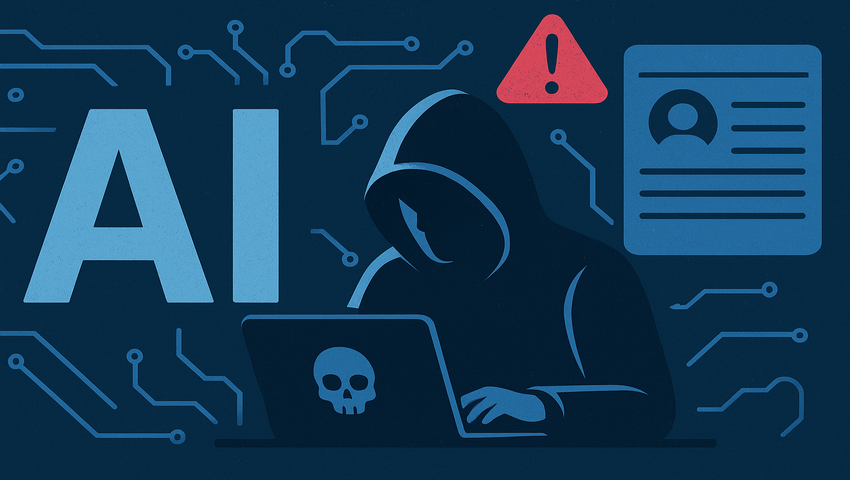In 2025, AI moved from hype to reality, becoming a core force shaping how we create content, browse the web, work, and make decisions. This article explores the biggest shifts: the rise of agentic AI and vibe coding, tightening regulation, and the growing battle over quality and trust.
NVIDIA’s Nemotron 3 is a new family of open AI models built for efficient, large-scale multi-agent systems, offering up to a 1-million-token context window. Powered by a hybrid Mamba-Transformer MoE architecture, it delivers high inference throughput while enabling transparent, scalable, and cost-effective AI agents for real-world use.
The Speech-to-Reality system transforms spoken commands into physical objects using a combination of natural language processing, 3D generative AI, and robotic assembly. The system enables users to request items like chairs, stools, or shelves and have them assembled by a robotic arm in as little as five minutes.
Scientists have engineered a transneuron – an artificial neuron capable of mimicking the activity of multiple regions of the human brain. This advancement could accelerate the development of robots with human-like perception, adaptability, and learning.
Google has launched Gemini 3, its most advanced AI model yet, along with Antigravity, a new agent-first platform that lets AI autonomously plan and execute complex tasks. Together, they elevate learning, coding, and workflow automation with enhanced reasoning and multimodal capabilities.
Recent research has revealed that AI language models store memory and reasoning in entirely separate neural circuits, showing that machines “think” and “remember” in different ways. This discovery leads the way to creating AI systems that can forget sensitive data while preserving their intelligence.
For the first time ever, a quantum computer has beaten the world’s fastest supercomputer! Google researchers announced Quantum Echoes, a breakthrough algorithm that runs on their new Willow quantum chip.
Mamba-3 - state-space model that redefines how AI thinks, learns, and understands language. By improving context tracking, information processing, and response generation, Mamba-3 sets a new standard for performance and inference speed, beyond traditional transformer models.
FlyingToolbox is a drone system capable of docking and exchanging tools mid-air, even in turbulent airflow. This technology enables precise multi-stage operations: from maintenance and high-altitude construction to emergency response missions.
Researchers at UCLA have developed optical generative models – AI technology that creates images using light instead of traditional electronic computation. This innovation delivers high-speed, energy-efficient image generation with quality comparable to digital diffusion models.
Google DeepMind has introduced Gemini Robotics – an AI system that allows robots to “think before acting,” plan complex tasks, and even transfer skills across different robot types. With advanced reasoning, safety features, and cross-embodiment learning, robots become truly intelligent.
Now AI can autonomously generate the “brains” of robots, creating a fully functional drone control system 20 times faster than humans. The experiment with generative AI models like ChatGPT, Gemini, and Claude reveals both the potential and current limits of machines building machines.
NASA and IBM have created Surya, a powerful AI model that can predict solar flares and space weather. By providing early warnings, it helps safeguard satellites, power grids, and renewable energy systems from damaging solar storms – a perfect example of how AI helps protect technology and drive green innovation.
Anthropic’s new Threat Intelligence Report uncovers how AI is being twisted for cybercrime, fueling schemes from extortion to global fraud. The findings reveal a dark side of AI, where powerful tools once meant to help are now being exploited in ways that raise urgent security concerns.
Meta AI’s DINOv3 is a self-supervised vision model trained on 1.7 billion images, setting new standards in image classification, object detection, and beyond. With innovations like Gram anchoring and real-world impact from monitoring deforestation to powering NASA’s Mars exploration, it marks a paradigm shift in computer vision.
The new system enables groups of robots to act as a unified team. The MultiRobot FrameWork lets robots share real-time information about their environment, positions, and tasks, mirroring the collective behavior seen in insect colonies, but powered by advanced sensors and computation.
The new GenSeg framework significantly reduces the need for expert-labeled data and achieves high-accuracy medical image segmentation with as few as 40-50 samples. By creating realistic synthetic scans paired with exact labels, it empowers the development of advanced diagnostic tools even in data-limited settings.

















